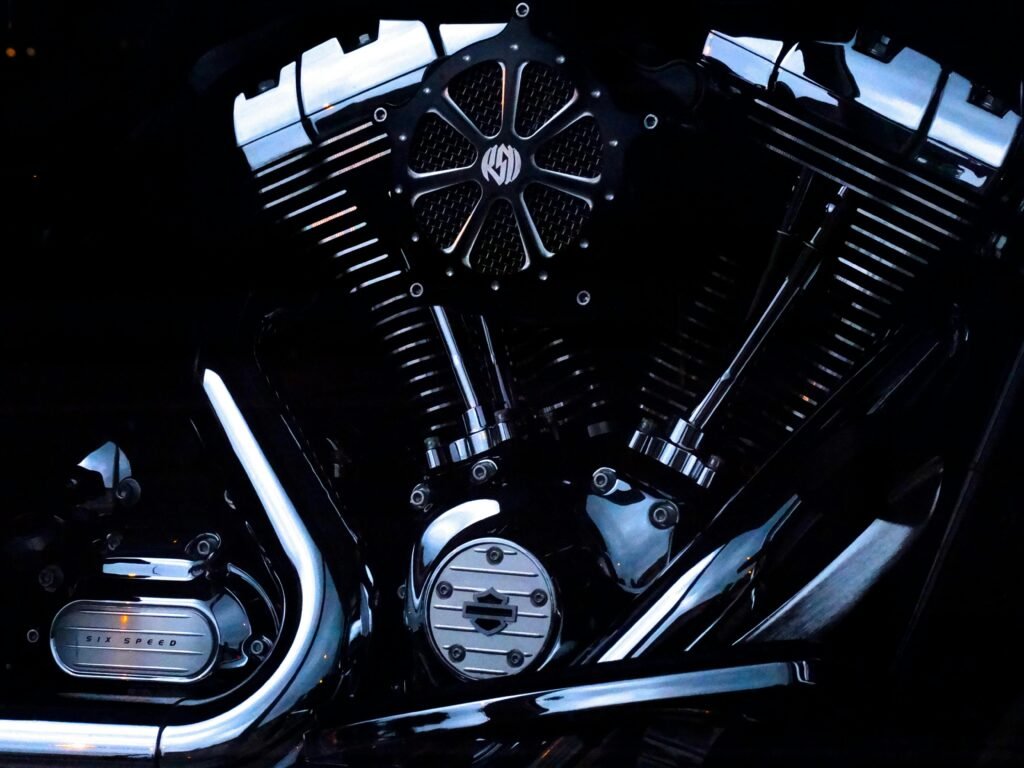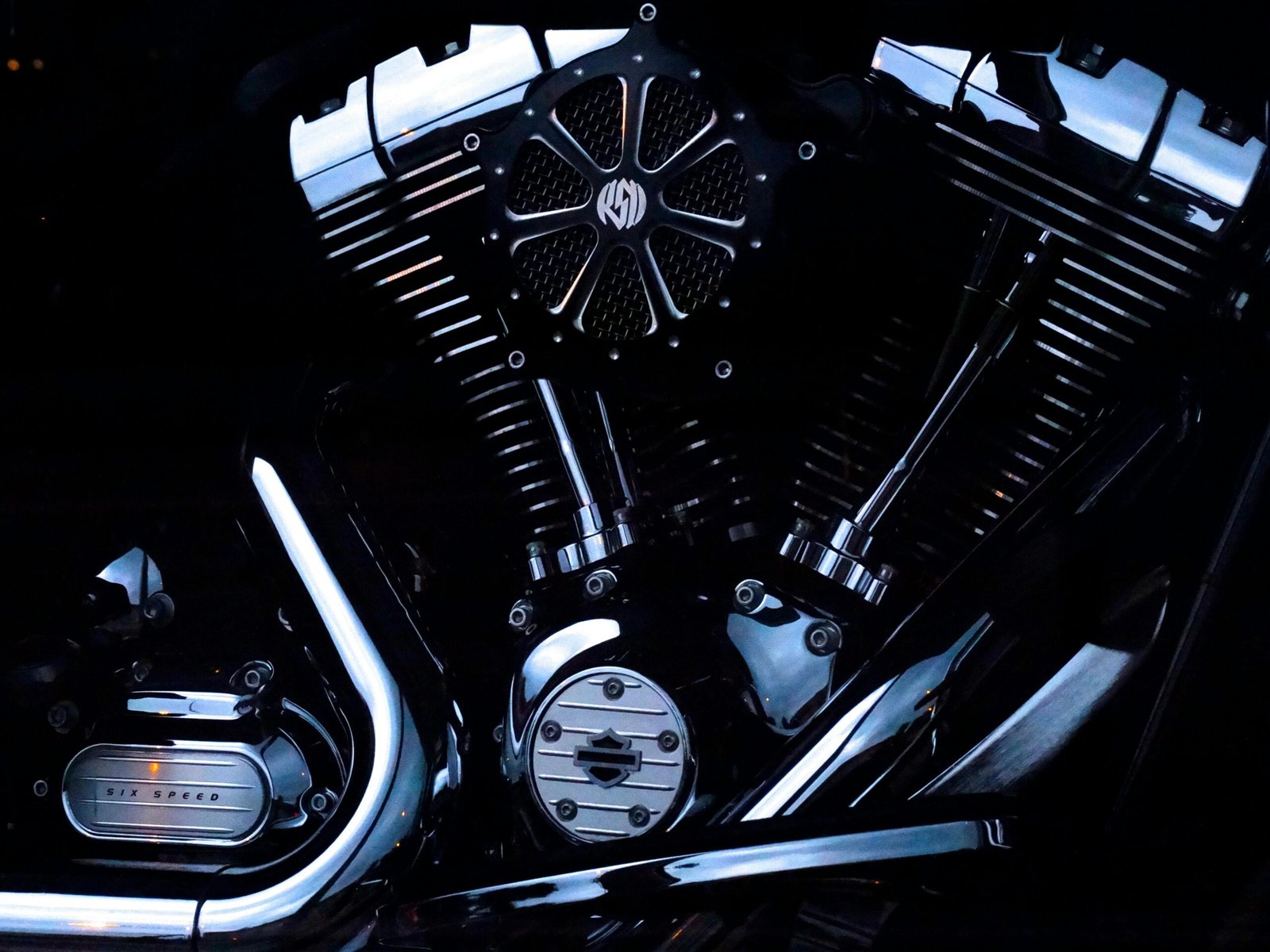Ready for a thrilling adventure? Get ready to roll up your sleeves and dive into the exciting world of DIY as we show you how to build your very own dirt bike from scratch. Whether you’re an adrenaline junkie craving a heart-pounding ride or someone looking to flex their mechanical skills, this comprehensive guide will take you through the step-by-step process of building a custom dirt bike that suits your style and specifications. Get ready to unleash your inner gearhead and embark on a thrilling journey that will leave you with a one-of-a-kind ride that’s bound to turn heads.
Research and Planning
Before embarking on the journey of building your own dirt bike, it’s essential to do some research and planning. Take the time to educate yourself about the different dirt bike components, determine your budget, create a build plan, and gather the necessary tools and equipment.
Researching Dirt Bike Components
To start your project on the right foot, it’s essential to familiarize yourself with the various dirt bike components. Understand the different parts such as the frame, engine, suspension, wheels, tires, brakes, exhaust system, electrical system, and finishing touches. By gaining knowledge about each component, you’ll be better equipped to make informed decisions during the building process.
Determining Your Budget
Setting a realistic budget is crucial when building your custom dirt bike. Take into account the cost of the parts you’ll need, as well as any additional tools or equipment required. It’s important to strike a balance between quality and cost-effectiveness, ensuring that you get the desired performance without breaking the bank.
Creating a Build Plan
A well-thought-out build plan is a key factor in a successful dirt bike project. Start by listing down all the components and parts you’ll need in the order of their assembly. Consider the compatibility of different parts and ensure they complement each other well. An organized build plan will help keep you on track, prevent unnecessary delays, and ensure the final product meets your expectations.
Gathering Necessary Tools and Equipment
Building a dirt bike from scratch requires the right tools and equipment. Make a list of the essential tools you’ll need throughout the process, such as wrenches, pliers, a socket set, a welding machine, and a multimeter. Additionally, ensure you have a well-equipped workspace with enough room to maneuver and work comfortably. Having all the necessary tools and equipment ready will make the building process smoother and more efficient.
Sourcing Parts
Once you’ve completed your research and planning, it’s time to source the parts for your custom dirt bike. This involves identifying reputable dealers and sellers, comparing prices and quality, and deciding whether to order parts online or visit local shops.
Identifying Reputable Dealers and Sellers
Finding reliable dealers and sellers is essential to ensure you purchase high-quality parts for your dirt bike. Look for well-established companies with positive reviews and a reputation for supplying genuine components. You can also seek recommendations from fellow dirt bike enthusiasts or join online forums dedicated to the subject.
Comparing Prices and Quality
When sourcing parts, it’s crucial to strike a balance between price and quality. While it’s tempting to opt for the cheapest options, remember that compromising on quality may result in poor performance and safety issues. Take the time to compare prices and thoroughly research the quality of the components you intend to purchase. Consider factors such as durability, compatibility, and customer reviews to make an informed decision.
Ordering Parts Online or Visiting Local Shops
Depending on your preferences and availability, you have the option to order parts online or visit local shops. Online shopping offers convenience and access to a vast selection of parts, often at competitive prices. However, it’s important to ensure the website is legitimate and reliable, with secure payment options. On the other hand, visiting local shops allows you to physically inspect the parts, seek expert advice, and potentially support local businesses. Consider your needs and priorities when deciding the best approach for procuring the necessary components.

This image is property of images.pexels.com.
Frame and Chassis
The frame and chassis serve as the backbone of your dirt bike, providing structure and support for the other components. Building a sturdy and well-designed frame is essential for safety and optimal performance.
Choosing a Frame Type
When selecting a frame type, consider factors such as your riding style, the terrain you’ll be riding on, and the level of customization you desire. Common frame types include steel, aluminum, and carbon fiber. Steel frames offer durability and strength but may be heavier. Aluminum frames are lightweight and corrosion-resistant, ideal for off-road riding. Carbon fiber frames are incredibly lightweight and rigid, offering superior performance but come at a higher cost.
Measuring and Cutting Frame Tubes
Once you’ve decided on the frame type, it’s time to start building the frame. Measure and cut the frame tubes according to your design specifications. Ensure accurate measurements and use appropriate tools such as a tubing cutter or hacksaw to achieve clean cuts. Take your time during this process, as precision is crucial to ensure proper fitment and alignment.
Welding the Frame Together
Welding the frame together is a critical step in building the dirt bike chassis. If you have welding experience, you can weld the frame yourself. However, if you lack welding skills, it’s best to seek professional assistance to ensure strong and secure welds. Pay close attention to the frame’s alignment during the welding process to avoid any potential issues later on.
Installing Necessary Brackets and Mounts
To complete the frame and chassis assembly, install necessary brackets and mounts. These components will provide attachment points for other parts, such as the engine, suspension, and electrical components. Ensure proper alignment and secure attachment to prevent any complications during the rest of the assembly process.
Engine
The engine is the heart of your dirt bike, providing the power needed for acceleration and performance. Selecting the right engine, understanding its specifications, and installing it correctly are crucial for a successful build.
Selecting an Engine Type
When choosing an engine type, consider factors such as your riding preferences, power requirements, and budget constraints. Common options include two-stroke and four-stroke engines. Two-stroke engines are known for their lightweight and high-revving nature, perfect for motocross and racing. Four-stroke engines offer a smoother power delivery and better fuel efficiency, making them suitable for trail riding and endurance.
Understanding Engine Specifications
Before installing the engine, it’s important to understand its specifications. Pay attention to details such as displacement, power output, torque, and cooling system requirements. Ensure that the engine you choose is compatible with the frame and other components.
Installing the Engine into the Frame
Carefully install the engine into the frame, following the manufacturer’s instructions and considering any specific requirements of your chosen frame. Take note of proper alignment and secure mounting to prevent vibration issues and maintain stability. Ensure all necessary bolts and fasteners are tightened to the recommended torque specifications.
Connecting Necessary Fuel and Electrical Components
To ensure proper functionality, connect the necessary fuel and electrical components to the engine. Install the fuel tank, fuel lines, and carburetor or fuel injection system according to the engine’s specifications. Additionally, attach the wiring harness, ignition system, and other electrical components required for engine operation. Pay attention to the routing and securing of wiring to prevent any potential damage or interference.

This image is property of images.pexels.com.
Suspension
The suspension system plays a crucial role in providing control, stability, and comfort while riding your dirt bike. Choosing the right components, installing them correctly, and adjusting the suspension settings are key to achieving optimal performance.
Choosing Front and Rear Suspension Components
Selecting the appropriate front and rear suspension components depends on several factors, including your riding style, weight, and terrain. Consider options such as conventional forks, inverted forks, and various rear shock configurations. Research different suspension setups and consult with experts to determine the best fit for your specific needs.
Installing Forks and Rear Shock
Once you’ve chosen the suspension components, carefully install them onto the frame. Follow the manufacturer’s instructions and pay attention to proper alignment, torque specifications, and the use of suitable bushings and bearings. Take your time during this step, as precise installation is crucial for the suspension to function optimally.
Adjusting Suspension for Optimal Performance
Fine-tuning your dirt bike’s suspension is essential to achieve the best performance on different terrains. Adjust settings such as rebound, compression, and preload to ensure the suspension’s response matches your riding style and preferences. Experiment with different settings and consult with experienced riders or suspension specialists for guidance on achieving optimal suspension performance.
Wheels and Tires
The wheels and tires of your dirt bike are vital for traction, stability, and overall handling. Choosing the appropriate sizes, mounting the tires onto the wheels correctly, and installing them onto the frame are essential steps in the building process.
Selecting Appropriate Wheel Sizes
Choosing the correct wheel sizes depends on factors such as the type of riding you’ll be doing, the terrain you’ll encounter, and the overall design of your dirt bike. Consider options such as spoke wheels or alloy wheels, and ensure they are suitable for your frame and suspension components. Additionally, select the appropriate wheel width and diameter to match your tire selection.
Mounting Tires onto Wheels
To mount the tires onto the wheels, use proper techniques to ensure a secure and balanced fit. Start by lubricating the tire beads and rim edges to facilitate installation. Carefully align the tire with the rim and use tire levers or specialized tools to gradually work the tire onto the wheel. Take caution to avoid pinching the tube (if using inner tubes) and ensure even distribution of the tire beads around the rim.
Installing Wheels onto the Frame
Once you have mounted the tires onto the wheels, it’s time to install the wheels onto the frame. Follow the manufacturer’s instructions and pay attention to proper axle alignment and torque specifications. Ensure that the wheels spin freely and do not rub against any other components. Finally, securely tighten the axles and fasteners to prevent any wheel-related issues while riding.

This image is property of images.pexels.com.
Brakes
The braking system is a critical safety component on any dirt bike. Selecting appropriate brake calipers and rotors, installing the brake system correctly, and adjusting the brake lever and pedal are essential for reliable stopping power.
Choosing Brake Calipers and Rotors
When choosing brake calipers and rotors, consider factors such as your riding style, terrain, and personal preference. Look for reputable brands known for producing reliable braking components. Pay attention to compatibility with your chosen wheels and suspension system to ensure proper fitment.
Installing Brake System
Install the brake calipers and rotors onto the appropriate mounts on the front and rear forks. Follow the manufacturer’s instructions and use proper torque settings to ensure secure attachment. Ensure that the brake pads are correctly aligned with the rotors and that the calipers move freely. Test the brake system before finalizing installation to confirm proper functionality.
Adjusting Brake Lever and Pedal
Properly adjusting the brake lever and pedal is crucial for comfortable and effective braking. Ensure that the brake lever is within easy reach and provides sufficient leverage for a firm grip. Adjust the lever’s position and angle to match your hand’s natural movements. Similarly, adjust the brake pedal to a height and angle that allows easy operation with your foot. Test the brakes and make any necessary adjustments to achieve optimal performance.
Exhaust System
A well-designed exhaust system not only enhances performance but also contributes to the overall aesthetics of your dirt bike. Selecting a compatible exhaust system, properly mounting and connecting the components are essential steps in the building process.
Selecting a Compatible Exhaust System
When selecting an exhaust system, consider factors such as your engine type, desired performance gains, and noise regulations. Look for exhaust systems specifically designed for your engine model and ensure they are compatible with your frame and other components. Take into account the impact on power delivery, weight distribution, and overall balance of the bike.
Mounting and Connecting Exhaust Components
Mount the exhaust headers onto the engine and secure them following the manufacturer’s instructions. Take care to provide adequate clearance from other components to prevent heat damage. Connect the exhaust pipes and muffler to the headers, ensuring proper alignment and secure attachment. Double-check for any potential leaks or loose connections and make adjustments as needed. Install any necessary heat shielding to protect other components from excessive heat.
Electrical System
The electrical system on your dirt bike powers various components such as the ignition, lighting, and other electrical accessories. Installing a battery, wiring the ignition system, and connecting lights and other electrical components should be done meticulously to ensure proper functionality.
Installing a Battery
If your dirt bike requires a battery, carefully install it in the designated battery compartment. Follow the manufacturer’s instructions and connect the positive (+) and negative (-) terminals securely. Ensure proper battery orientation and that the battery is securely held in place to prevent movement during riding.
Wiring the Ignition System
The ignition system is responsible for starting and controlling the engine. Wire the ignition system following the manufacturer’s specifications and any wiring diagrams provided. Pay attention to the proper routing and securing of wires to prevent any interference or potential damage. Double-check all connections, ensuring they are tight and in the correct locations.
Connecting Lights and Other Electrical Components
If your dirt bike includes lighting or other electrical components, connect them according to the manufacturer’s instructions. Install the necessary switches, relays, and fuse holders in appropriate locations for convenient and safe operation. Ensure proper routing and organization of wires to prevent any potential hazards. Test all electrical components to verify functionality, making any necessary adjustments or repairs.
Finishing Touches
With the major components of your custom dirt bike in place, it’s time to add the finishing touches that showcase your personal style and complete the overall look of the bike.
Painting or Powder Coating the Frame
Painting or powder coating the frame is an opportunity to personalize your dirt bike. Choose a color and finish that suits your taste and complements the other components. Prepare the frame surface properly, ensuring it is clean and free from any debris. Apply multiple layers of paint or powder coating evenly, following the manufacturer’s instructions. Allow sufficient drying time between coats, and take precautions to prevent runs or drips.
Adding Graphics or Decals
To further customize your dirt bike, consider adding graphics or decals. These can be sourced from reputable manufacturers and applied according to their instructions. Take into account your desired design, color scheme, and placement on the bike. Ensure the graphics or decals are properly aligned, and use a squeegee or similar tool to remove any air bubbles or wrinkles during application.
Installing Handlebars, Controls, and Seating
Install the handlebars, controls, and seating components according to personal preference and riding comfort. Select handlebars with the appropriate rise, sweep, and width to match your riding style and body positioning. Mount the controls, such as the throttle, clutch lever, and brake lever, securely and adjust them for comfortable operation. Install the seat, ensuring it is securely attached to the frame and positioned at the desired height and angle.
Testing and Tuning the Bike
Before hitting the trails or tracks, it’s essential to thoroughly test and tune your custom dirt bike. Start by conducting a visual inspection of all components, checking for any loose fasteners, leaks, or abnormalities. Ensure that all controls, brakes, and electrical systems are operating correctly. Take the bike for a short test ride to assess its performance and handling. Make any necessary adjustments to suspension settings, brake lever or pedal position, or other components to achieve optimal comfort and ride quality.
